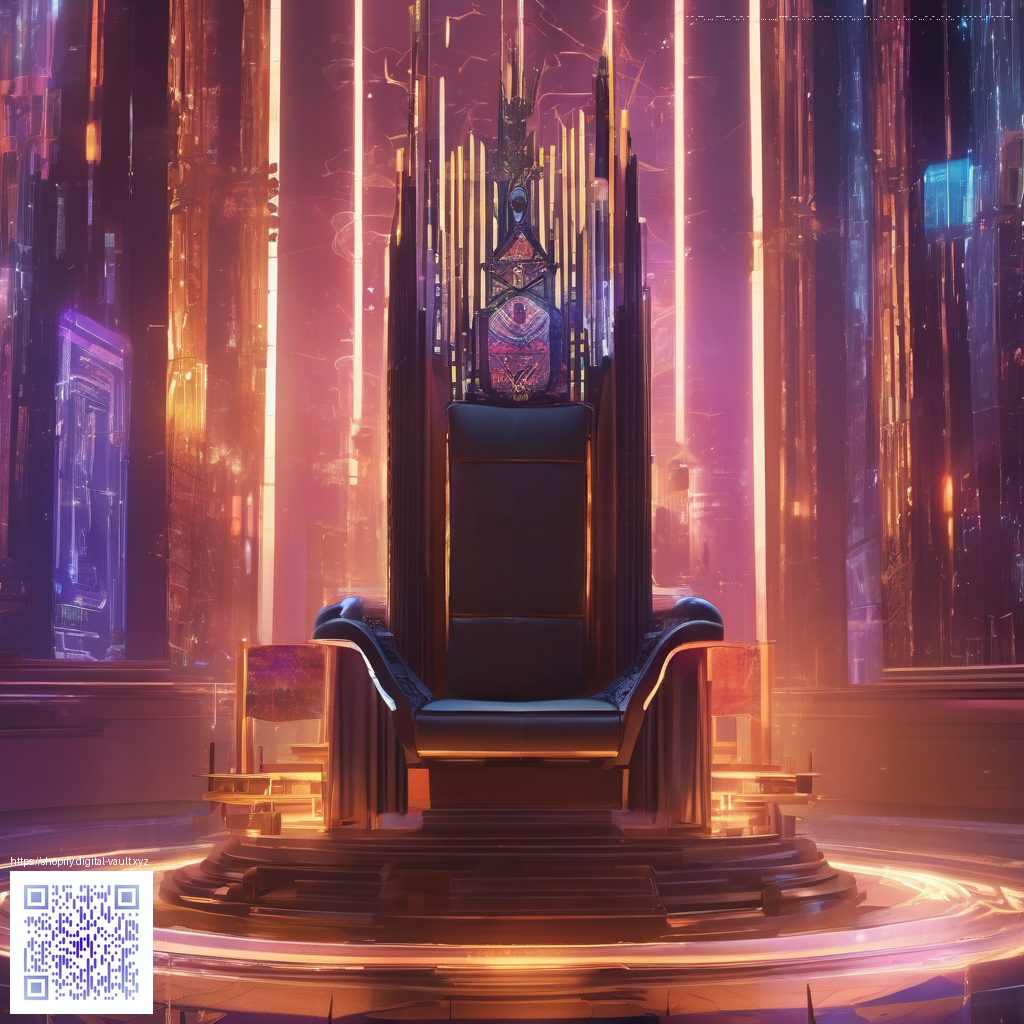
Creative Profit Tips for Desktop Wallpaper Design
As the demand for personalized digital spaces grows, selling desktop wallpapers has evolved from a hobby into a legitimate revenue stream. The key is not only to create pretty images, but to structure a portfolio that appeals to a broad audience while offering a sense of exclusivity. Whether you’re a solo designer or part of a small creative shop, the goal is to deliver eye-catching, ready-to-use designs that look great on a wide range of screens and work consistently across devices.
Begin with a thoughtful concept framework. Trends matter, but longevity matters more. Start with a handful of core aesthetic families—neon cyberpunk, minimalist gradients, nature-inspired textures, and abstract geometric patterns. Each family should include multiple colorways to maximize licensing flexibility and to serve different user preferences. When you structure your collection with variations, you create a path for repeat buyers who want new wallpapers without losing familiarity with your style.
Know your audience and licensing
Different users have different needs. Students may want vibrant, high-energy palettes for study spaces, while professionals might prefer muted tones for work setups. To maximize resale value, write clear licensing terms that allow personal use with an option for extended commercial licenses. A simple, transparent licensing strategy reduces friction at checkout and improves perceived value. If you offer bundled options, consider pairing digital wallpapers with related physical products to create a tangible upgrade path for customers.
Bundle smartly with physical gear
Pairing digital wallpaper sales with carefully chosen physical accessories can unlock higher average order values. For example, a Neon Gaming Non-Slip Mouse Pad can be presented as a complementary item in bundles that celebrate high-performance setups. When you frame a bundle as a cohesive “workspace upgrade,” you tap into a psychology of value—customers feel they’re purchasing a complete, curated experience rather than separate products. If you’re curious about how this approach plays out in a live storefront, you can explore a practical example on an accompanying page: this live example.
“Customers don’t just buy wallpapers—they buy speed, focus, and aesthetics for their daily routines.”
Technical specs: quality that scales
- Resolution and aspect ratios: Provide multiple aspect ratios (16:9, 4:3, 21:9) and a range of resolutions from 1080p up to 4K and beyond. This reduces compatibility complaints and increases usable share across devices.
- Color management: Save in sRGB for most displays and offer alternative color profiles for color-critical work. Include font-free, watermark-free variants for clean rendering on home screens.
- File formats: Deliver high-quality PNGs for crisp imagery and optimized JPGs for faster downloads. Consider offering SVG-based patterns for vector-friendly designs that scale well on monitors with various DPI settings.
- Tilings and safety margins: If you design seamless tiles, specify the tiling instructions and ensure safe margins so crucial elements never appear at the edges on some screens.
Pricing, perception, and licensing tiers
Pricing should reflect both perceived value and the breadth of usage rights. A tiered approach—personal use, commercial use, and extended commercial license—lets buyers upgrade as their needs evolve. Bundle pricing can be especially effective when you’ve created a cohesive collection: offer a “Wallpaper Bundle” with several colorways at a discount, plus an optional add-on for the related physical item mentioned above.
Marketing that converts
Visibility is about more than pretty previews. Create compelling product pages with lifestyle shots showing how your wallpapers transform workspaces, gaming desks, and creative studios. Short tutorials or usage tips—like how to pair specific wallpapers with desk accessories—add value and encourage longer engagement. Social snippets, mockups on different devices, and behind-the-scenes design rundowns can humanize the brand and build trust with potential buyers.
To maximize reach, offer a variety of storefront assets: gallery layouts that emphasize color stories, seasonal updates, and limited-edition runs. Readers who enjoy a particular wallpaper family may appreciate a quarterly release cadence that keeps your shop lively without diluting your core style. And because the image quality matters as much as the concept, ensure your previews clearly convey texture, depth, and vibrancy across screens.
Remember that the goal is to create a dependable process. Your workflow might look like this: brainstorm palettes, draft vector and raster variations, run quick user testing with a small audience, refine, then publish with consistent metadata and licensing terms. As your catalog grows, consider a dedicated landing page for collections and bundles to streamline discovery for returning customers.